The connection between the wire and the wire, and the connection between the wire and the wire stub are small and the responsibility is high. This article is illustrated, let you clearly understand!
Don't let this little thing of wiring open the gap between you and the engineer!
Wire connections are:
Single stranded copper conductor wire connection, T-shaped connection;
Twin line docking;
Multi-strand copper conductor wire connection, T-shaped connection;
Unequal diameter copper wire butt joint;
Single-stranded and multi-stranded T-branch connections;
Soft cord and single stranded hard wire connection;
Aluminum conductors are crimped by crimping tubes;
Aluminum conductors are crimped by crimping tubes.
Single-core copper conductor wire connection

First, the two-wire core wire ends intersect in an X shape.

Twist the two ends after twisting 2 to 3 turns.

Place each end of the thread on the other core and make 6 turns. Use a wire cutter to cut the remaining core and clamp the end of the core.
T-shaped connection of single copper conductors
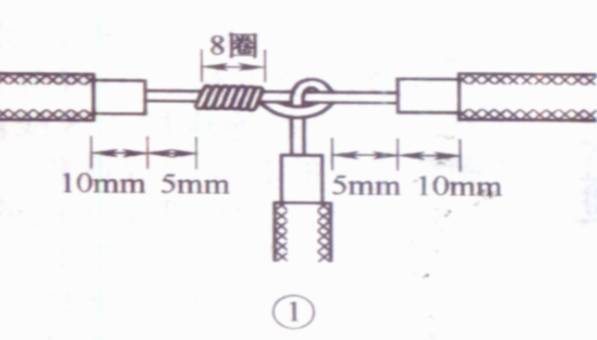
Cross the core of the branch core with the cross of the trunk core, leave 5mm at the root of the branch core, and then wind 6~8 turns in the clockwise direction, cut the remaining core wire with wire cutters, and clamp the core wire. The end.

Small section cores may not be knotted.
Twin wire docking
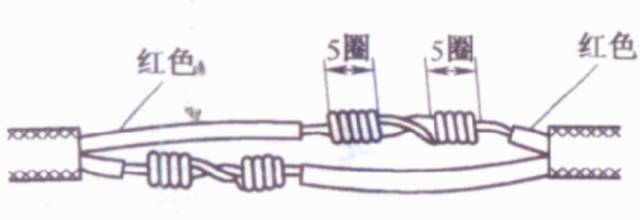
Cut two wire cores into the form shown.
When connecting, connect the core wires of the two wires to be connected to each other in a straight line with a small cross section. Use the same method to connect the cores of another color together.
Multi-strand copper conductor wire connection
Taking 7-ply copper wire as an example to illustrate the method for connecting wires of multi-strand copper conductors
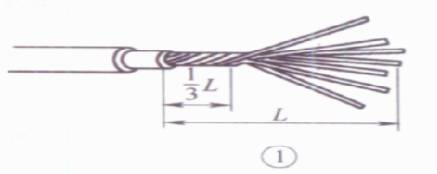
First, the core of the insulating layer is stripped and straightened, then the core wire near the 1/3 segment of the insulation layer is twisted, and the remaining 2/3 core ends are then dispersed into umbrellas as shown in the figure. The core wire is straightened.
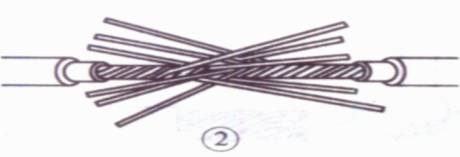
The roots of the bifurcated bone-shaped lines are interdigitated and must be inserted in the opposite direction.
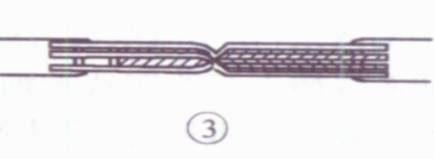
Knead all the cores on both sides after the fork, and should straighten each strand and make the spacing of each strand evenly; at the same time, use a wire cutter to close the fork to eliminate the gap.
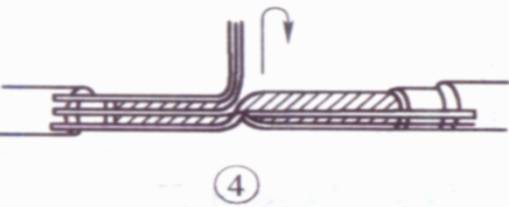
The two adjacent cores are folded at one end at a distance of about 3 single core diameters from the fork midline and form a 90[deg.].

Then twist the two cores in a clockwise direction two turns, then fold back 90° and lie flat on the axis line before folding.
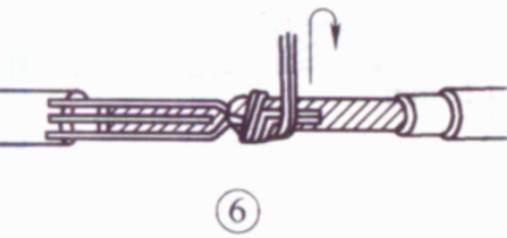
Next, fold the two cores that are in close proximity to each other and flatten them to 90° and process them according to step 5.

When the remaining 3 cores are wound to the 2nd pass in the step 5 method, the first 4 cores are respectively cut at the root and clamped; then 3 cores are wrapped 3 times, and then the excess ends are clamped. Flat cut without leaving burrs

The other side is processed according to steps 4-7.
T-shaped connection of stranded copper conductors
An example of a T-shaped connection method of a multi-strand copper wire by taking a 7-core copper wire as an example
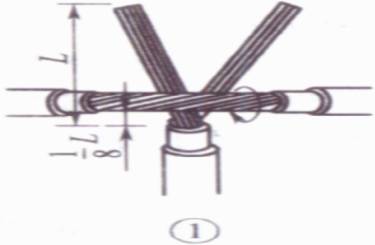
The branch cores are spread out and straightened, and the cores next to the 1/8 segment of the insulation layer are twisted, and the remaining 7/8 cores are divided into two groups, one group of four cores and the other group of three cores. Qi.
The core of the trunk was split into two groups by a rotary chisel, and a group of four cores in the branch was inserted in the middle of the trunk core, and a group of three cores was placed in front of the trunk core.
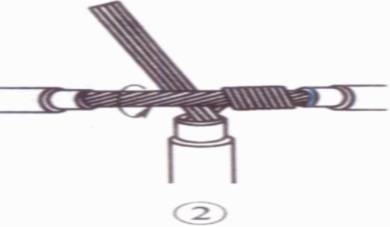
Put a set of 3 cores tightly around the right side of the trunk clockwise 3 to 4 turns, and clamp the end of the line; put a set of 4 cores in the counterclockwise direction on the left side of the trunk 4 to 5 turns .
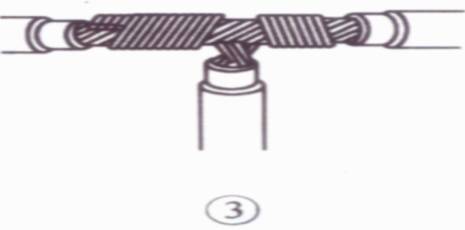
Pliers flat end.
Unequal diameter copper wire butt joint

The thin wire ends are tightly wound on the thick wire ends for 5 to 6 turns, and the thick end of the wire is bent so that it is pressed on the wound layer, and then the thin wire ends are wound 3 to 4 times, the remaining ends are cut off, and the incision is clamped.
Single- and multiple-stranded T-branch connections

First twist the cord into a single strand wire, and then wind 7-8 rounds on a single strand of hard wire. Finally, bend the single strand of hard wire back to prevent it from falling off.
Soft wire and single stranded hard wire connection

First twist the cord into a single strand wire, and then wind 7-8 rounds on a single strand of hard wire. Finally, bend the single strand of hard wire back to prevent it from falling off.
Aluminum conductors crimped by crimping tubes
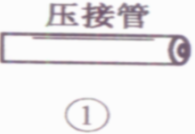
Before wiring, select the appropriate pressure tube, remove the oxide layer and dirt on the surface of the thread and the pressure tube, and apply neutral vaseline.
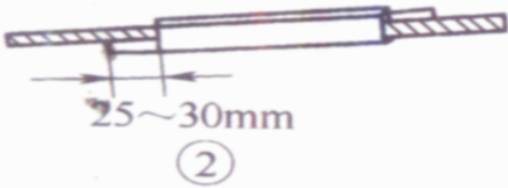
The two thread ends are inserted into and out of the crimping tube so that the two thread ends respectively protrude from the crimping tube by 25-30 mm.
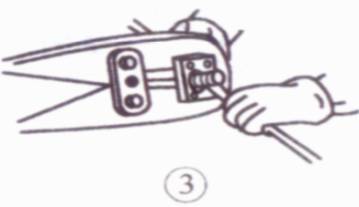
Crimp with crimping pliers.

If the ACSR is crimped, an aluminum gasket should be placed between the two cores. The number of crimping nips on the crimping nipples of the crimping pliers is usually 4 in indoor lines and 6 in outdoor areas.
Aluminum conductors crimped by crimping tubes
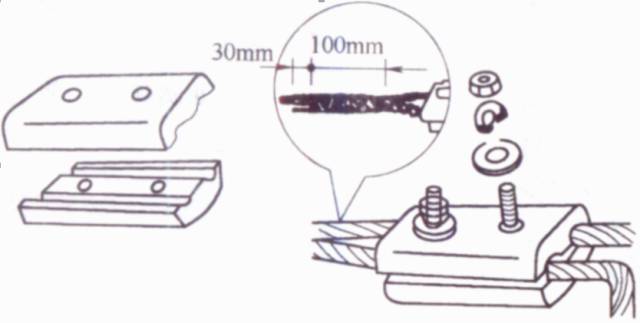
Before connecting, remove the oxide layer and dirt on the inner wall of the wire end of the wire and the groove of the groove of the groove with a wire brush, apply Vaseline zinc powder (or neutral petrolatum), then insert the wire into the wire groove, tighten the bolt , The groove clamp clamps the thread to complete the connection.
To prevent loosening of the bolts, spring washers should be placed on the compression bolts.
